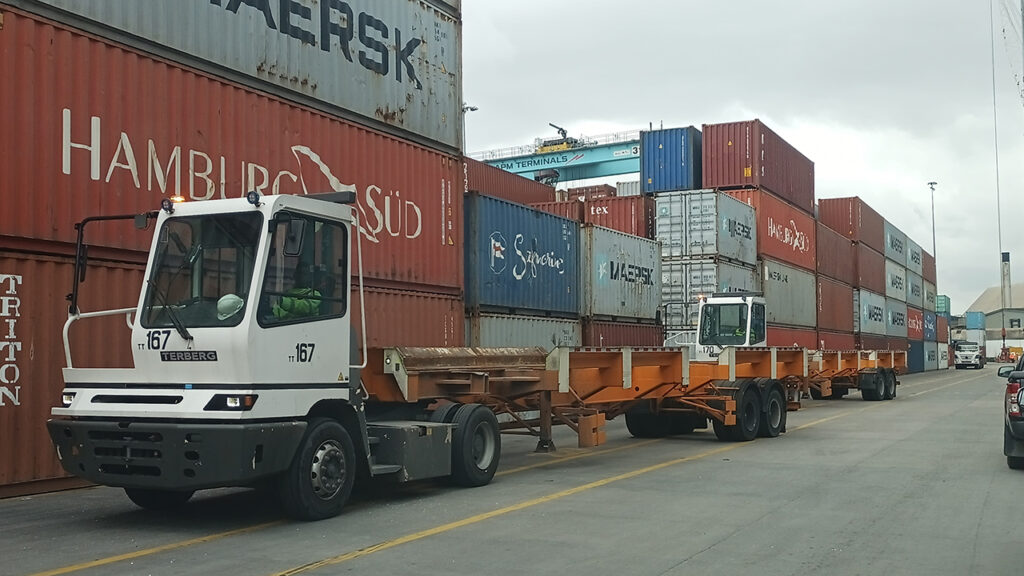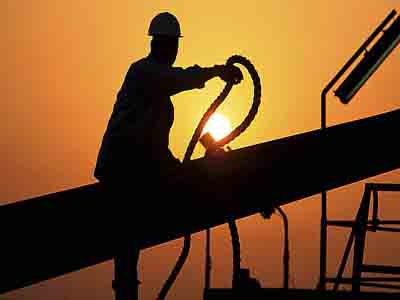
According to a new study from the University of Oxford’s Environmental Change Institute (ECI), almost nine in 10 major ports globally are exposed to damaging climate hazards, which could cause physical damages to port infrastructure and disrupt port operations with far-reaching consequences.
The lead researcher, Jasper Verschuur, said the climate risk totals $7.6 billion per year, adding that on top of the physical damages, port downtime associated with these natural hazards puts trade worth $67 billion at-risk every year, which could result in costly delays, revenue losses, and impacts to the wider economy.
He said despite the absolute risk being particularly large in high-income countries, the impacts could be greatest in middle-income countries’ ports.
“We found 86 per cent of all ports are exposed to more than three types of climatic and geophysical hazards. Extreme conditions at sea such as storms are expected to cause operational disruptions to around 40 per cent of ports globally. What’s more, ports are exposed to other hazards including river flooding and earthquakes, so port designers and operators have to take multiple hazards into consideration.
“For instance, the foundations of quay walls need careful consideration when exposed to earthquakes, the orientation and design of breakwaters when exposed to extreme waves and surges, and the drainage system when exposed to fluvial and pluvial flooding. If that doesn’t happen, we could see major disruptions to global trade and supply chains,” he said.
According to Verschuur, large ports in upper-middle and high-income countries need to make sizable investments to manage their risk in light of increasing climate change, which could become prohibitively expensive.
He said infrastructure upgrades are needed to protect small ports in low-income countries from hazard impacts and frequent disruptions, which can have systemic impacts to economies they serve.
Verschuur said at these ports, the impacts of climate change on economic activity could be reduced by improvements in infrastructure to make them more disaster-resilient and ensure year-round operations.
He said luckily, initiatives are ongoing to upgrade outdated and inefficient port infrastructure at many ports, however, these efforts fall short given the expected climate change challenges ports will face over the next few decades.
“Our study shows ports are at the forefront of climate impacts. It underlines adaptation of ports is urgently needed and quantified risk analysis, as presented in our paper, can help in prioritising investments and make the business case to accelerate adaptation finance,” Verschuur added.











